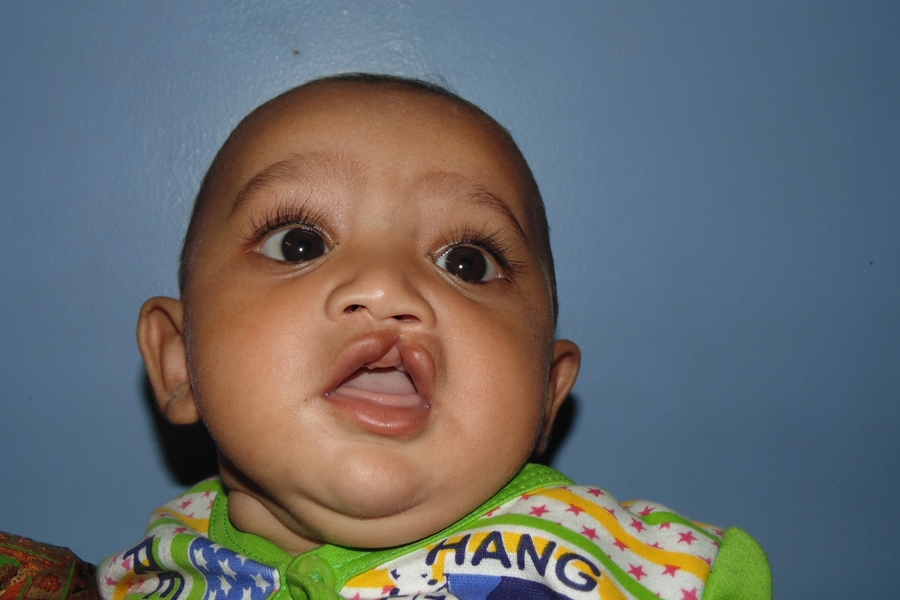
Cleft Lip and Palate – A Treatable Birth Difference
29 Sep 2020 | 3 min Read
Smile Train India
Author | 1 Articles
Cleft is a gap or opening in the upper lip and/or the roof of the mouth (palate). A cleft occurs when certain body parts and structures do not fuse together during feotal development. One in 700 babies are born with this birth difference. Most experts agree that the causes of cleft lip and/or palate are multifactorial and may include a genetic predisposition, as well as environmental or nutritional factors. In most cases, it is not known what has caused a cleft lip and/or palate, but research is ongoing to better understand the condition.
Children with untreated clefts often face difficulty in feeding, eating, breathing and speaking. Untreated clefts can also lead to increased ENT infections, hearing loss and dental problems. In countries like India, cleft is associated with stigma and superstition, often leading to the social isolation.

On a positive note, cleft lip and palate is one of the few birth differences that can be completely treated with the help of surgery and associated comprehensive cleft care such as speech therapy and orthodontics. A cleft surgery can take as little as 45 minutes and the transformation is immediate. In most babies, appropriate cleft care can restore normal function and achieve a more normal appearance with minimal scarring. However, it is of utmost importance that parents consult a specialized, multidisciplinary cleft team as soon as their child is born and ensure treatment timelines for best outcomes.
Let us know some of the lesser known facts about cleft lip and palate:
- 1 in 700 babies are born with a cleft lip/or palate globally
- 35,000+ new babies with clefts are born every year in India

However, there are many barriers that children with untreated clefts encounter which may prevent them from receiving the surgery they need. Lack of information on treatment options, little to no income to cover the cost of surgery, and transportation to treatment centers are just a few of the obstacles. Many communities also face challenges with a lack of equipment and supplies, and a shortage of medical professionals. Smile Train, an international cleft charity helps address all of these barriers through their local, sustainable cleft programs.

According to an independent study – Economic Valuation of the Global Burden of Cleft Disease Averted by a Large Cleft Charity – published in the British Medical Journal Global Health, as cleft repair can cost as little as $250, the return on investment of cleft surgery in a developing country can be 150+ times, which is an extraordinary value of return.
So how can one avail cleft care?
Many patients seek treatment learning about Smile Train’s free cleft care program from someone they know. By sharing Smile Train’s work and raising awareness about clefts, you can help other parents overcome barriers to care and further Smile Train’s efforts to provide children born with clefts the opportunity to live a full and productive life. Also reach out to Smile Train through Cleft Helpline Toll-free number – 1800 103 8301 and know about your nearest cleft care center to avail cleft treatment.
Disclaimer: All photographs in this article are original and belong to the author. Reproducing them in any form without the permission of the author will not be allowed.
Buy BabyChakra Products: http://babyc.in/l/XP5p Get 10% discount use code:10COM
A


Related Topics for you
Suggestions offered by doctors on BabyChakra are of advisory nature i.e., for educational and informational purposes only. Content posted on, created for, or compiled by BabyChakra is not intended or designed to replace your doctor's independent judgment about any symptom, condition, or the appropriateness or risks of a procedure or treatment for a given person.
